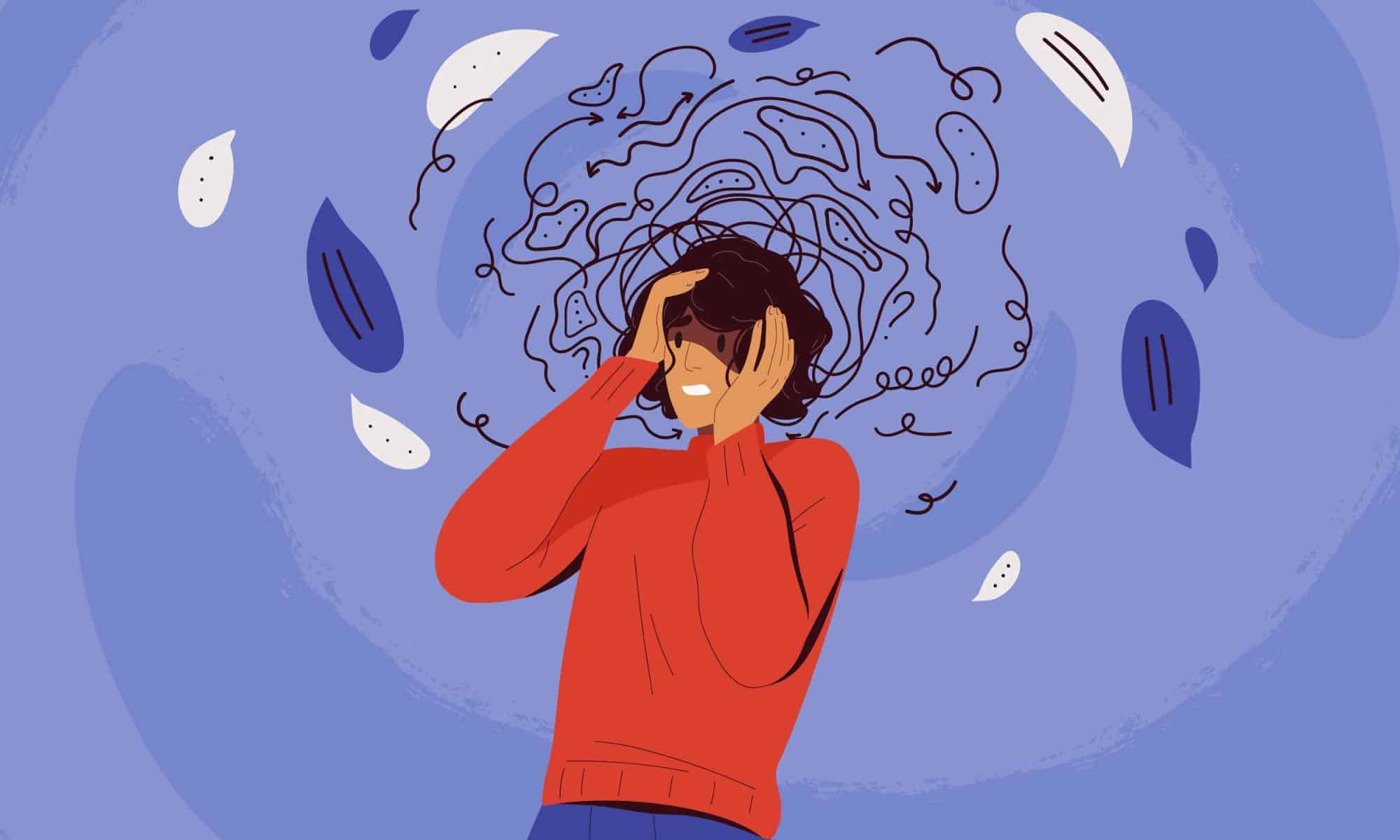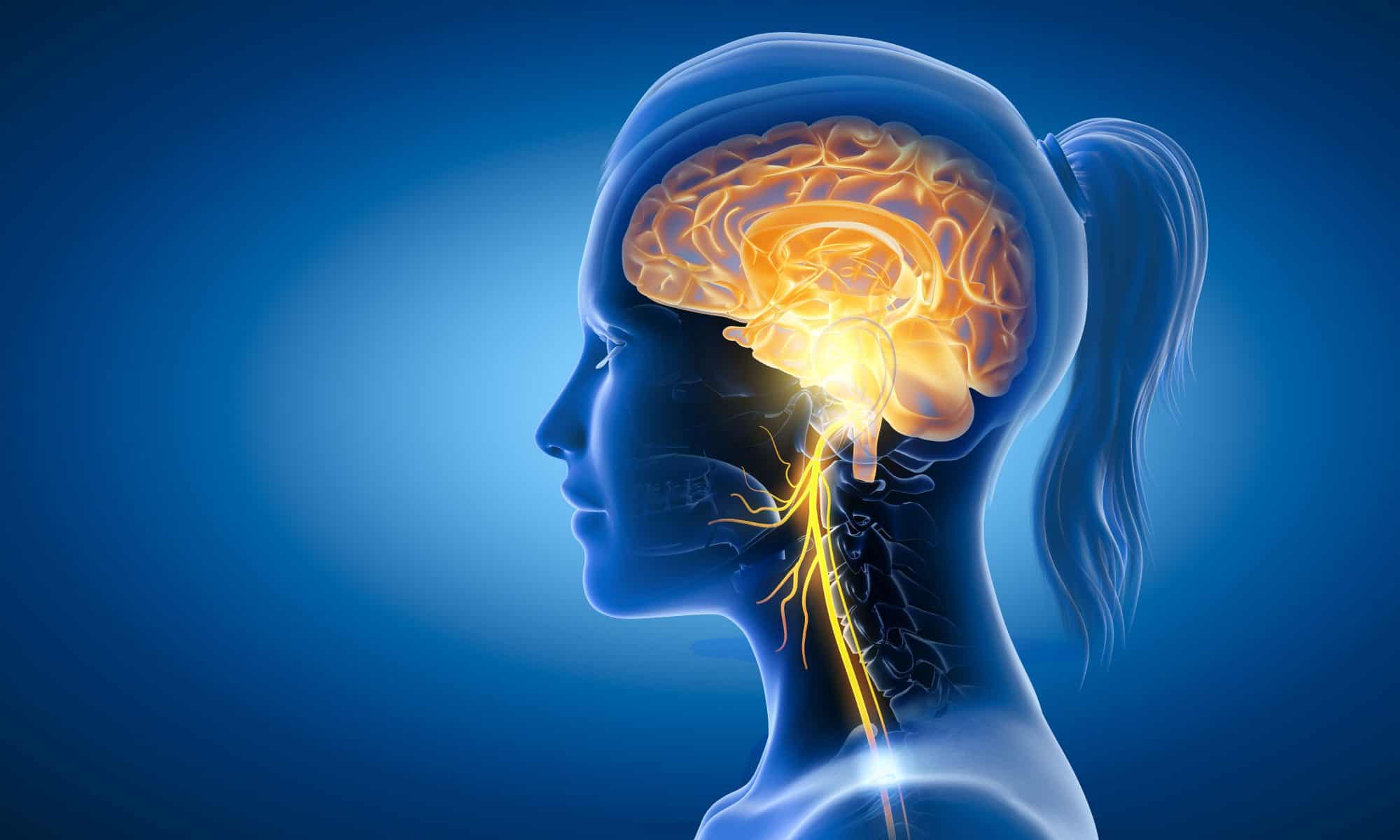
The 25 Things You Can Do To Immediately Improve Your Physical Health
Every month, it seems there’s a new trend for getting back in shape and improving your physical health, especially around the New Year’s celebrations. Most of the time, these trends are based too loosely on scientific facts and have not been tested or proven to work. Doesn’t it seem like people would rather try fast trends and quick fixes because they aren’t motivated enough to try the things that take longer, aren’t as popular, but actually work?
If you’re truly looking to improve your health right now, there are so many traditional, tried-and-true practices you can instill in your life overnight. With dedication, you can completely change your life–no need to burn through your savings on fancy new gadgets or methods. To help you get started, here’s a diverse list of 25 things you can do to improve your physical health right now. They range from practical and basic to spiritual and less common, so you’re sure to find something that fits your needs.
1. Forgive
Have you ever felt really great after resolving a conflict? Forgiveness is of course great for your mental and emotional wellbeing, but many people do not appreciate how much of an effect our mental health has on worsening or improving your physical health. Stress and negative emotions can wear away at our body’s immune system and throw our hormones off balance. Take time to forgive so that your body can find harmony again!
One amazing ritual of forgiveness is the Ho’oponopono forgiveness ritual, in which you repeat the mantra, “I’m sorry. I love you, please forgive me. Thank you.” No matter if the ritual is directed at another or yourself, the benefits will change your life.
2. Meditate
Meditation is becoming mainstream in the psychology world because of how amazing the benefits are for physical and mental health. Like I said before, negative emotions and thoughts can seriously take a toll on our physical health, especially when we always keep ourselves busy, distracted, and burned out. To help relieve burnout and become more present in the moment, meditation forces you to stop and breathe. You can reduce stress and anxiety as well as improve the quality of sleep you get by starting a regular meditation practice! Try out some of these mantras to get started.
3. Yoga
Originating from India, yoga is both a spiritual and physical practice. It combines stretching, stillness within poses, breathing, and meditation to help align body, mind, and spirit. With yoga, you can help yourself find harmony, breathe, and sleep better. Certain routines can also improve digestion, heart health, symptoms of arthritis, and more. In addition, practicing yoga regularly will help you improve your flexibility, core strength, and balance, which are all great for your muscles and posture. The best part is that yoga comes in all different forms and levels of experience. If you’re not very active, there are plenty of poses and routines that will help you ease into the practice without pushing your limits too far.
4. Qi Gong
Qi Gong is a popular practice in Traditional Chinese Medicine that combines extremely precise movements, breathing, and meditation. The goal is to practice specific movements and poses to absolute perfection, focusing your mind and muscles. Qi Gong is known for healing, as it also focuses on the energy flow within the body including the channels and gateways of our energy flows. Much like yoga, Qi Gong can improve flexibility, strength, and balance because of its physical precision. At the same time, the precise repetitive movements are perfect for lulling the mind into a meditative trance that lowers anxiety, stress, and might even help support a body’s defense against chronic illness.
5. Acupuncture
Acupuncture is another popular healing practice of Eastern medicine that focuses on triggering very specific points in the body. It is believed to target the body’s central nervous system by releasing chemicals that affect the brain, spinal cord, and muscles. Acupuncture focuses on specific areas of the body in order to relieve symptoms of certain ailments, such as those who suffer from nausea, chronic back pain, stress, and headaches. An acupuncturist is well-learned about which points on the body need to be triggered to release the right chemicals according to their client’s needs.
6. Tai Chi
Tai Chi used to be an ancient form of Chinese combat, but now it is celebrated around the world as a gentle form of exercise. People of all experience levels can benefit from Tai Chi, which essentially combines gentle flowing movements with meditation. Each pose and movement is meant to flow seamlessly into the next one without hesitation or stillness, much like dancing. If you are not used to exercise, Tai Chi is a great place to start as it is very low impact. It can also help to reduce anxiety, stress, and even the risk of other health conditions.
7. Set a Routine
Going back to the basics, setting a routine is one of the best things you can do for your overall help. Sitting down to set a routine will help you assess your priorities and make sure you have time for everything you need and want to do during the day. Having a routine also helps you make sure you don’t forget anything and that you to get into the right mindset to be both productive and happy. You can set really great healthy habits into your routine, such as always making sure to implement a strong skincare routine and always taking your vitamins with your breakfast. Make sure to also make time for your mental health with a routine in meditation, prayer, or rituals.
8. Stretch and Stand More
Bloodflow is so important to our survival and happiness. Good circulation is necessary for healing, while bad circulation can cause us to lose feeling and use of our bodies. Bloodflow is also extremely necessary for our brains because we need oxygen to move freely throughout our bodies. People who are extremely sedentary, whether it is by choice or because of the demands of our lives, often suffer from poor circulation, which can lead to blood clots and strokes. Those who don’t get up and move are at higher risk of chronic pain, heart disease, and diabetes. Even if you work at your desk all day, make sure you make a routine out of stretching, standing, and moving around. Your muscles need a break from all the rest they have!
9. Improve Nutrition
Improving what you eat each day will look different for everyone, so I won’t recommend a diet here. A great piece of advice is to just make better little choices every day! So many people fail to keep their commitments to new diets because these diets are so extreme. Going from eating a full, average diet to completely cutting out gluten and dairy, for example, won’t have a very high success rate! Instead, be mindful about what you eat. Every time you make a meal, think about one little change you can make to create a meal that’s just a tiny bit healthy. That can mean that you add a serving of vegetables or you cook without butter this time. Small changes over a long time will actually have a huge impact on your health.
10. Massage
I bet I don’t have to convince you too much, here. Massages are not just guilty pleasures–they’re a great way to improve your physical health. Massage therapists can help you improve your joint flexibility, loosen up muscles that are stuck too tight, improve circulation, and so much more. In addition, the soothing atmosphere and great feeling of the massage can reduce stress and anxiety.
11. Cupping
Cupping is as old as the ancient Egyptians, Chinese, and throughout the Middle East. It is done by placing cups along muscles and creating suction as a form of deep tissue massage that can help relieve pain, improve circulation, reduce inflammation, and more. Sometimes, the cupping therapist might make small incisions in the skin and put the cups back on to pull a small amount of blood, called wet cupping.
12. Fighting
It might seem counterintuitive that fighting could be beneficial for your physical health, but the Chinese believe that ritual fighting is one of the key aspects of wellbeing. There are many ancient forms of fighting, including Tai Chi as mentioned before, which allows one to work the body and mind while also working through emotions and relieving aggression. If you’re going to try fighting, of course, find an art form you can commit to and safely practice it under supervision of professionals.
13. Fall in Love with the Arts
Many feel that the arts are a strictly mental and emotional thing. Sure, when you’re looking at a piece of art or practicing a form of art yourself, you’re not necessarily thinking about how it affects your physical body. Researchers have found, though, that appreciation of the arts can actually improve your brain and physical wellbeing. Appreciating music and art has shown to help victims of health conditions and serious health events like strokes heal faster than those who don’t!
14. Avoid Energy Vampires
There’s nothing quite as disturbing to our mental and physical health as constantly being plagued by energy vampires or people who thrive on draining energy from others. These people might be narcissists or so needy for attention that no one else around them can properly take care of themselves. Of course, this is terrible for mental health, which can lead to stress, anxiety, and even depression that can cause serious physical health ailments.
15. HIIT Exercise
Never feel like you have enough time to improve your physical health? HIIT might be the answer! This short yet intense workout routine will have you sweating in minutes, but then ready to move on with your day. The practice emphasizes high-intensity cardio bursts of exercise with periods of rest for your body to recover so that you can build your strength and endurance quickly without losing hours at the gym.
16. Embrace Your True Self
When we aren’t comfortable with ourselves, we’re less likely to take care of ourselves. It is so important to discover ourselves for who we truly are so that we can address everything that is holding us back and plunge into our fullest lives. Once you understand what makes you happy and what is missing from your life, you can take action to improve your lifestyle and start doing what will help you be healthier, both mentally and physically.
17. Moxibustion
Moxibustion is not acupuncture, but it’s very similar. Sometimes, the two are even used in conjunction with each other to help a person. Acupuncture and moxibustion use different trigger points on the body. Moxibustion is used to increase blood flow and help relieve symptoms of chronic illness and pain. Moxi is also burned to create a slow heat that can help release muscles and reduce aches.
18. Start Gardening
There’s something unexplainable about what gardening can do for the body and mind. Becoming one with nature and using your skills and knowledge to help cultivate the growth of new life is unlike any other experience. Getting your hands in the dirt, smelling the earth, and getting fresh air are amazing for your physical health. In addition, you can choose to grow edible plants for your kitchen, stocking your shelves with fresh ingredients that encourage trying new recipes and home cooking!
19. Introduce Plants Into Your Home
While you’re growing plants outside, try bringing some inside as well! Being shut indoors can create stuffy, recycled air that lacks life. Plants inside your home can turn your carbon dioxide into oxygen, refreshing the air. People who have indoor plants experience a relief of fatigue and pain and improved moods.
20. Get an Animal Companion
No matter which animal you choose, having an animal companion greatly improves your physical health. Regardless of the type of animal, having a sense of responsibility for a living being other than yourself helps you to establish a routine, especially one of hygiene. You begin cleaning more, especially in the areas they use, which can help your health and the environment within your home. Animals that go outside also bring in germs and viruses from the outside world and expose you in a way that helps your immune system to build up immunity. If your animal needs exercise, you’ll also be encouraged to stay more active with them!
21. Reflexology
Reflexology is applying pressure to specific pressure points on your body that connect to your nervous system and energy flow, much like acupuncture, moxibustion, and other forms of TCM. Reflexologists specifically focus on the feet because they are known for thousands of nerve endings. They use special movements of their fingers to trigger specific points on the foot to ailments of all kinds for all different parts of the body and can help you relax, boost your metabolism, and relieve pain.
22. Go Into Nature
The poets know it: nature heals the mind, body, and soul. Those who are fed up with their busy lives, deprived of fresh air and wide-open spaces, take to an escape to the wilderness for healing. Retreating into the loving embrace of Mother Earth will certainly help you heal, no matter your ailments. Breathe in the fresh air, stretch your muscles with a hike, and soak in the benefits of unadulterated sunlight.
23. Declutter
For some people, clutter is normal. Busy schedules keep people from putting things back where they belong, and things can really pile up. Being overwhelmed by physical possessions, trash, and unnecessary items can harm your ability to function. It could even impede your ability to do necessary things around the house like clean. Start decluttering and soon you’ll get lost in the process. You’ll be up doing something productive, and you’ll burn calories while you’re at it.
24. Feng Shui
Feng Shui is a powerful Chinese system that explains that everything around us affects and has its own energy. The way you place your things around you has a huge effect on how energy flows through you, and sometimes this negatively blocks up your energy flow. You can increase the flow of positive energy and improve your physical health by following some basic guidelines and adding some objects to your space. You can improve your mood and energy levels and bring prosperity into your life!
25. Celebrate Water
We truly do take water for granted. Water is essential to life, and it has so many amazing spiritual and physical property that are necessary to the planet and our survival. Using water throughout the day should be sacred: it is healing, reviving, and even fun! Taking a warm bath can ease our aches and pains. Swimming in water can support our bodies while we stretch and strengthen our muscles. Drinking water hydrates our brains and bodies so that we can function. Change your mindset on water and you’ll completely turn your life around!
REMEMBER!
You are a beautiful Living Being filled with light and love, born from stardust. You are unlimited potential in every direction. With a focus on discipline, virtue, and your own goodness, you can become as expanded and liberated as you desire.
Pray for others and the Universe prays for us.





















